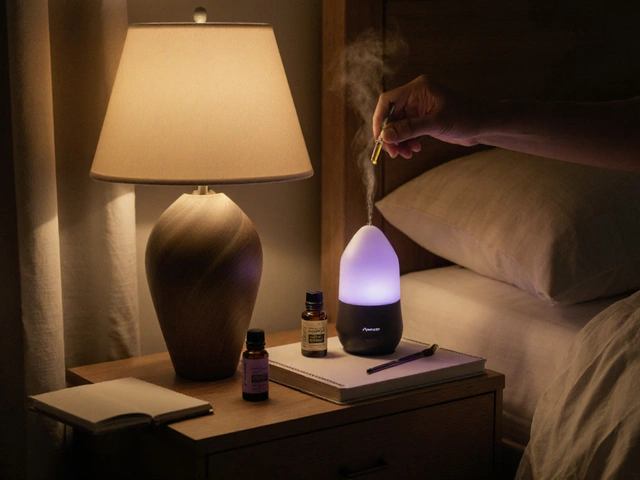Self-Regulation: Simple Ways to Help Your Dog and Yourself Stay Calm
Ever notice your dog mirror your mood? Dogs pick up on tension fast. Self-regulation is the skill of managing stress, energy, and focus so you act calmly instead of reacting. For pet owners, that skill matters twice: your emotional state affects your dog and your dog's behavior feeds back to you.
Self-regulation works through body signals, routines, and small habits. You don’t need fancy gadgets to start—consistent walks, predictable feeding times, and short training sessions set a calm baseline. When routines are steady, dogs feel safer and stress drops. For people, the same rules apply: sleep, movement, and simple breathing breaks keep your nervous system steadier.
Hands-on tools: touch, massage, and movement
Massage is an easy, direct way to lower arousal for both humans and dogs. Slow, gentle strokes along the neck and shoulders relax muscles and reduce heart rate. For dogs, try five minutes of long, even strokes after a walk; watch for soft eyes and relaxed breathing. For yourself, a short self-massage, neck rolls, or a focused stretch break can stop tension from building.
Movement matters too. Short play sessions, focused training, or a brisk walk help burn off nervous energy. Use structured games—like fetch with a pause to sit and settle—to teach your dog to shift from high arousal to calm focus.
Biofeedback, breath, and quick calming hacks
Biofeedback tools track heart rate or breathing to show stress in real time. Human heart-rate variability (HRV) apps can teach paced breathing to lower stress quickly. You can mirror the effect with dogs: slow your breath, speak softly, and pause—dogs often match your rhythm. Simple breathing hacks work: inhale four counts, exhale six counts for one minute to slow your heart.
When things escalate, use brief grounding moves: change location, offer a chew toy, or do a one-minute massage. These small interruptions reset attention and interrupt stress loops.
Nutrition and supplements support self-regulation over time. Omega-3s help brain health for people and dogs; balanced meals keep energy even. Avoiding high-sugar treats before training prevents spikes in arousal. If you consider supplements for your dog, talk to a vet first.
Quick 3-step plan to start today: 1) Set a 10-minute daily routine—walk, play, and five minutes of calm petting. 2) Add one structured training cue like 'settle' and reward calm behavior right away. 3) Track one variable for a week—sleep length, walk time, or snack type—and note if your dog's mood improves. Small changes over a week show real shifts in behavior and stress. Repeat and adjust based on what works regularly.
Finally, know when to ask for help. If your dog’s stress shows as pacing, lip licking, or repeated barking, and simple fixes don’t work, consult a trainer or veterinary behaviorist. Combining training, environmental changes, and hands-on care gives the best results.
Self-regulation is a set of small, consistent habits: touch, routine, movement, and attention. Start with one short habit today—two-minute breathing, a calm petting session, or a predictable walk—and watch how both you and your dog begin to settle.

Exploring Biofeedback Therapy: A Journey to Natural Healing
Hey there, lovelies! I'm super excited to share with you this incredible journey into biofeedback therapy, a path that's all about tapping into our body's own power to heal itself. It's like having a conversation with our inner selves, learning to listen and respond to what our body is telling us. Imagine being able to manage stress, chronic pain, and so much more, just by being in tune with your own body's signals – it's like unlocking a superpower within us! So grab a cup of tea, get cozy, and let me take you through the magic that unfolds when you begin to heal from the inside out.

Boost Your Mood with These Aromatherapy Tips
Mar, 19 2025



